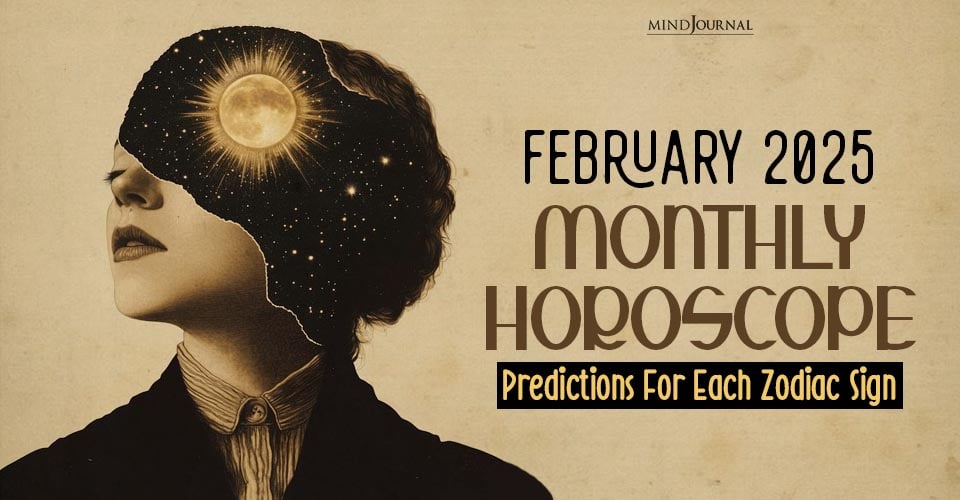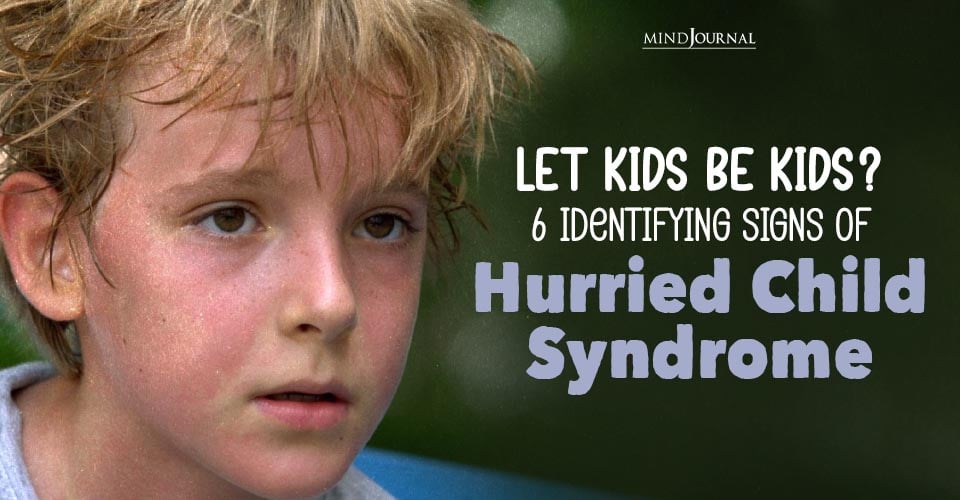Mood swings and self-doubt are some of the emotions experienced during seasonal changes. Winter blues may check in immediately after summer when the weather conditions change drastically and the days become shorter. These changes mean that people spend more time indoors.
The mood changes may shift during spring which is immediately after winter, since the days are longer, and people are looking forward to summer vacations and parties. Mood swings can be severe that they affect your functionality and ability to reason. It is a problem that people have to deal with yearly.
SAD Prevalence
There is also summer depression, a rare SAD form. But the most prevalent depression starts during autumn and ends at the beginning of spring. Studies show that the prevalence of SAD is 1% to 10% of the population and often affects women more than men. The condition also seems to have a connection with latitude. Specifically, the prevalence is higher at altitudes that experience a shortage of daylight.
Causes of Seasonal Affective Disorder
Specific causes of SAD are undetermined, and the factors that trigger this condition differ. But the most common ones include shorter days which means less natural light from the sun. Exposure to natural light helps the brain guide the body’s circadian rhythm. This rhythm follows sunlight and allows your body to adhere to the biological clock, thus impacting your behavioural patterns. Therefore, without this light, your body may struggle to adjust to new timelines.
Generally, the long hours of darkness are enough to cause depression and anxiety. Sunlight also cues specific parts in the retina, which prompts the release of serotonin, a feel-good hormone, while darkness triggers the release of melatonin, which makes one sleepy. These two hormones help the body maintain its day and night rhythm. Therefore, for people suffering from SAD, the shift in these hormone levels may disrupt their biological clock, which makes it hard to adjust to seasonal changes.
Sunlight also triggers the production of vitamin D through interaction with the protein 7-DHC, available under your skin. Vitamin D is essential in enhancing mood and mental health. Therefore, low vitamin D levels when the days are shorter negatively affect mood.
Who Develops Seasonal Affective Disorder?
SAD affects anyone since we all cope with situations differently. However, it is prevalent in females compared to males. Additionally, your geographical location also matters. Those living in the farther North are more likely to experience these drastic weather changes and shorter daylights during winter. SAD is also common among people suffering from other mental disorders since the seasonal changes may trigger anxieties and depressive episodes, especially for those living with bipolar.
SAD Symptoms
SAD is not categorized as a disorder on its own. However, it is viewed as a type of depression with repeated symptoms at the same time every year. Therefore, the symptoms of SAD are categorized with those of depression. Depending on an individual’s lifestyle and health, people may exhibit different SAD symptoms. Some common ones include:
- Constant depression
- Self-neglect
- Fatigue
- Concentration deficit
- Suicidal thoughts
- Loss of appetite and weight
Symptoms for Winter-Pattern SAD
Those going through the winter-pattern SAD may experience some additional specific symptoms such as:
- Hypersomnia
- Overeating
- Weight gain
- Social alienation
Most of these winter-pattern SAD symptoms are fueled by the fact that we spend much of our time at home. Therefore, slipping into depression in such weather conditions may leave you with nothing much to do than overindulge in eating and sleeping. In addition, most people may work remotely during this period hence minimizing their social interactions, which may lead to depression.
How to Handle SAD
Through a series of behavioural changes and introspection, SAD can be contained. Here are some ways to cope with the different emotions you will feel as seasons change.
Talk to Your Therapist
Going through SAD alone can leave you feeling worthless and hopeless, and you might find yourself entertaining undesirable thoughts. Sometimes your family members may be oblivious of what you are going through. Therefore, you need to seek professional help. Through a series of questions, your therapist can determine your condition, which may help you develop a management plan. So if you notice a drop in your moods or perception of the world during winter, ensure you get the necessary help. So find a professional coounsellor near you and make an appointment.
Track Your Mind During Fall
As you adjust your home for fall and winter, ensure you also do the same to your mind. Get yourself ready for winter during fall by participating in fun activities such as forming group chats with friends, choosing indoor fun hobbies, and actively engaging in community service. Some of these activities will help distract you during the season, and before you know it, summer is here again. These activities ahead of winter will also help prepare your mind instead of starting from scratch.
Phototherapy
Natural light is therapeutic and helps your body set its biological clock. However, you can always devise creative ways of exposing yourself to light, such as using the lightbox. During fall and winter, the days are shorter; therefore, you may not get as much sunlight as your body needs. The first line of SAD treatment is keeping your circadian rhythm in check. That is why you need to expose yourself to bright artificial light in case there is no sunlight. A light box gives out light that mimics the sun. The light from these therapy boxes is brilliant compared to that of bulbs. You can sit in front of the box for 20-30 minutes during morning hours to help your mind produce serotonin, a feel-good hormone.
Use Dawn Stimulators
Remember that the seasons ensure your body continues the usual summer routine to avoid brain confusion. A dawn simulator is just as effective as a light box since it helps keep your mind on track by providing a spectrum of light in the morning. Unlike alarms, they do not wake you up with loud noises; instead, the light will let you know it is morning.
Keep a Journal
During winter, social interactions are often limited. Therefore, you should find more ways to express yourself and channel negative energy. What is a better way than having your daily occurrence book? Journaling can help you identify your anxiety and depressive triggers. The best time to journal is at night as you take account of how your day has been. Highlight your achievements during the day and the areas you need to improve. In your journal, you can be as vulnerable as you want to ensure you do not keep pent-up negative energy.
Stick to a Schedule
People suffering from SAD find it hard to sleep, affecting their whole biological clock. Such confusion often leads to anxieties. Therefore, you should create a convenient schedule during winter to take advantage of the minimal light available. Sleep during the night and stay active during the day. A dawn stimulator will help you with this. A feeding schedule is also essential as it helps the body stick to its regular routine.
Closing Remarks
The timing of SAD is predictable, which means you can put up measures before fall to deal with the emotions you experience then. Working on yourself before winter and getting your mind ready will help you endure the season without difficulty. The seasonal changes may affect your serotonin and melatonin, which means your mood and sleep will be affected. Ensure you put up measures to help you improve your serotonin production by exercising, engaging in activities, and exposing yourself to light more.









Leave a Reply